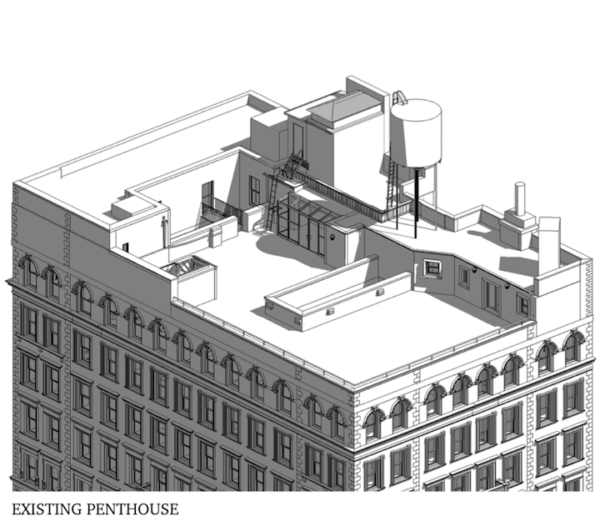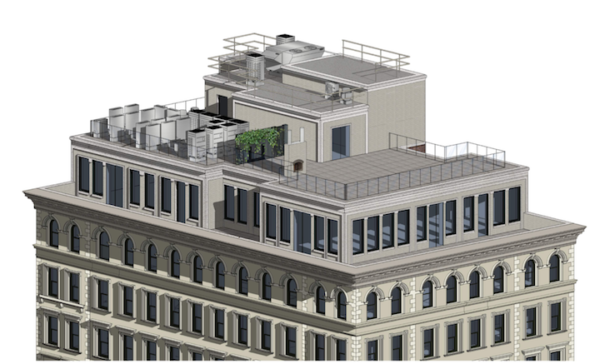PLEASE NOTE: In an effort to curb the spread of COVID-19, the Landmarks Preservation Commission (LPC) is adjusting its processes and procedures to ensure the agency continues to provide services to the city while protecting the health of its employees and the general public. The agency has cancelled all public hearings for the remainder of March. Though future hearings will still be scheduled, they are subject to change, so please check their website for any updates. LPC may be canceling future hearings or making alternative arrangements as needed.
The Historic Districts Council (HDC) reviews every public proposal affecting New York City’s landmarks and historic districts and provides testimony to the Landmarks Preservation Commission (LPC) whenever it is needed. Our testimony for the items to be presented at the now cancelled LPC Public Hearing on March 17, 2020 is below.
Item 1
134 Greenpoint Avenue – Greenpoint Historic District
CERTIFICATE OF APPROPRIATENESS, Docket #2001260
An altered flathouse designed by Claus Dunkhase and built in 1890. Application is to alter the façade.
Architect: Atelier/Adam Jakubowski
While this proposal would be an improvement over the current facade of 134 Greenpoint Avenue, the proposed materials are not appropriate for this building or for the Greenpoint Historic District. Greenpoint is well known for its wood-frame buildings, of which this is demonstrably one. This building was never a masonry building, and as such, brick veneer has no place on it. We strongly recommend that clapboard be returned to this facade.
We further recommend that the storefront be examined to create a better sense of design composition between the right and left sides. Currently, it’s a bit of a jumble. This facade restoration is a praiseworthy endeavor and moving in the right direction. HDC recommends that with more appropriate stylistic choices and higher quality materials, this building will add greatly to the historic district.

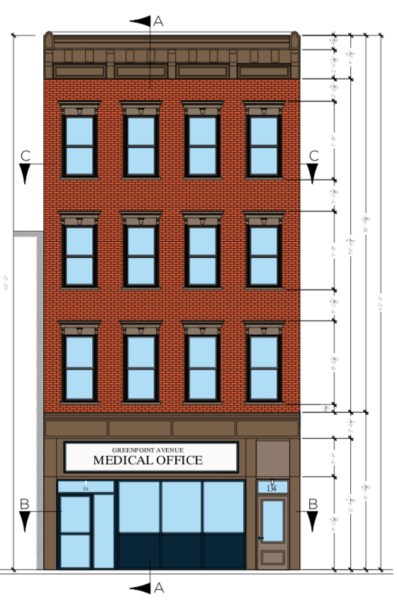
Item 4
61-63 Crosby Street – SoHo-Cast Iron Extension Historic District
CERTIFICATE OF APPROPRIATENESS, Docket #2004189
An Italianate style store and loft building with neo-Grec style features, designed by W. Joralemon and built in 1873-1874, and altered by Theodore A. Tribit in 1875. Application is to request that the Landmarks Preservation Commission issue a report to the City Planning Commission relating to an application for a Modification of Use and Bulk pursuant to Section 74-711 of the Zoning Resolution.
Architect: David Grider Architect
The docket states that this is an application for a Modification of Use and Bulk at 61-63 Crosby Street, an anomaly that our committee could not make heads or tails of since there is no noticeable bulk change in this presentation. So long as bulk remains a non-issue in this proposal, HDC finds these changes to be well done and appropriate.
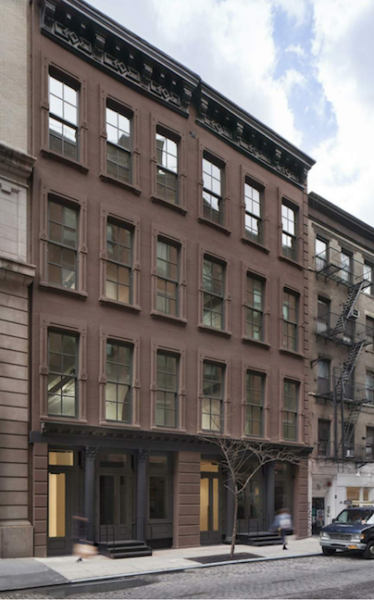
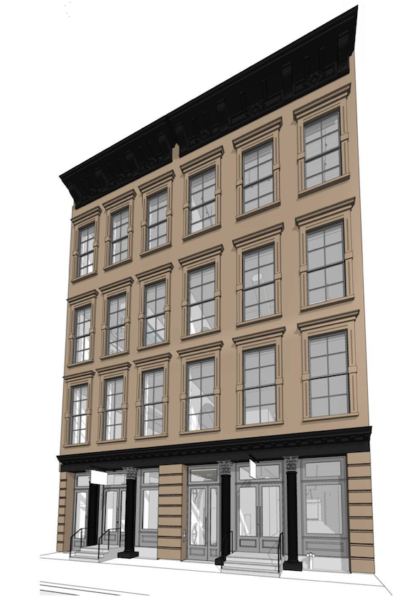
Item 5
71 Jane Street – Greenwich Village Historic District
CERTIFICATE OF APPROPRIATENESS, Docket #2006985
A Greek Revival style rowhouse built in 1846-47. Application is to construct a rear yard addition, excavate the rear yard, and modify openings. Application is to construct a rear yard addition, excavate the rear yard, and modify openings.
Architect: James Clearly Architecture
HDC finds the proposed window treatments with horizontal divisions to be foreign and inappropriate for the rear facade of this Greek Revival style rowhouse. The third floor fenestration, with its historic three punched window openings, should be maintained as is, along with the corbeled cornice.

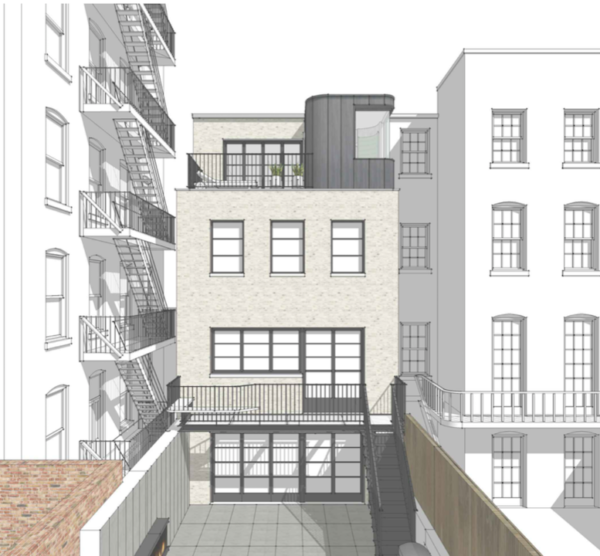
Item 7
16 Leroy Street – Greenwich Village Extension II Historic District
CERTIFICATE OF APPROPRIATENESS, Docket #2003507
A Greek Revival style rowhouse built c. 1835. Application is to construct a rear yard addition, and install solar panels and a skylight.
Architect: Chan Ascher Architecture, PLLC
As this presentation displays minimal visibility studies, HDC has concerns regarding the visibility of the proposed large skylight on the front facade of 16 Leroy Street. The skylight, if visible, is a drastic change that might be better concealed from pedestrian view with the restoration of the building’s original cornice configuration. Therefore, we suggest restoring the cornice to further eliminate visibility of the proposed skylight.

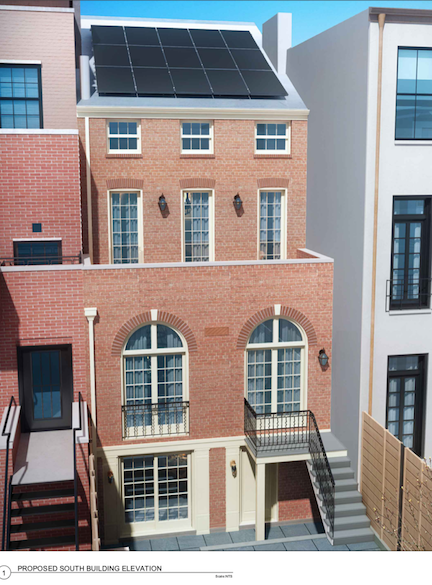
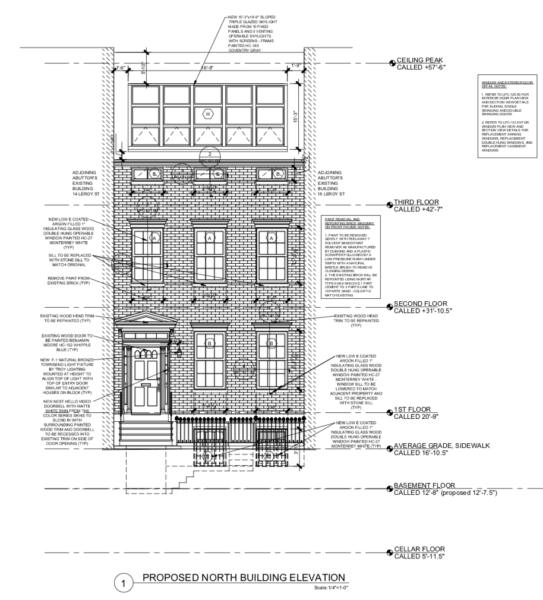
Item 13
120 West 74th Street – Upper West Side/Central Park West Historic District
CERTIFICATE OF APPROPRIATENESS, Docket #2005622
A Queen Anne/Romanesque Revival style rowhouse designed by Thom & Wilson and built in 1886-1887. Application is to alter the areaway and construct a ramp and garbage enclosure.
Architect: Frank R. Nigro, Architect, P.C.
HDC recommends that the ramp and garbage enclosure be modified and set further away from the entrance in the areaway so as to not overlap with and obstruct it.
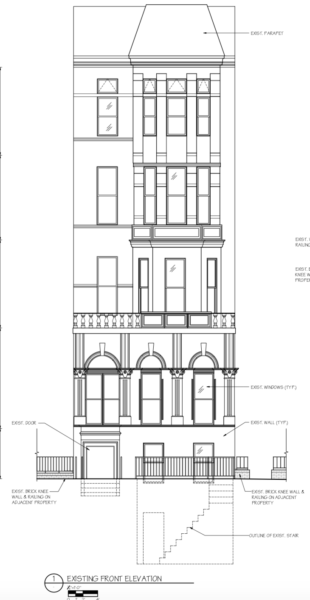
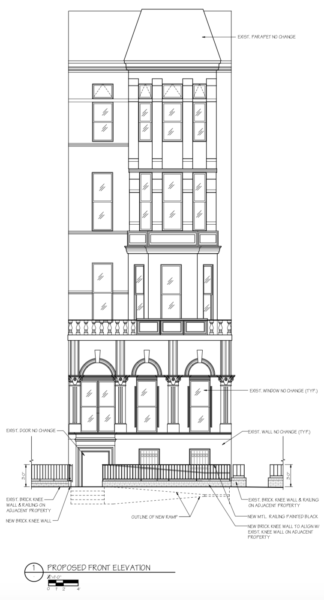
Item 14
244 Riverside Drive – Riverside – West End Extension II Historic District
CERTIFICATE OF APPROPRIATENESS, Docket #2005813
A Queen Anne/ Romanesque Revival style rowhouse designed by Thom & Wilson and built in 1886-1887. Application is to alter the areaway and construct a ramp and garbage enclosure.
Architect: Rick Kramer Architects
HDC objects to the applicant’s initially proposed scheme, which would effectively shrink and obstruct the interior courtyard opening of this historic tenement building. Alternative Plan 2.0 shown in the presentation is the preferred resolution, as it would maintain the width of the stairs and the two symmetrical piers that flank and frame the opening of the interior courtyard.
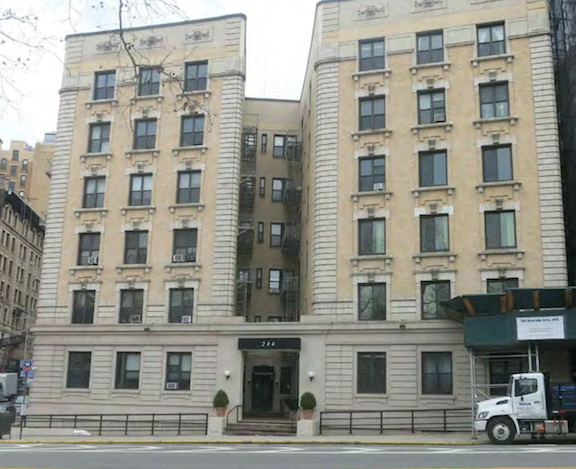
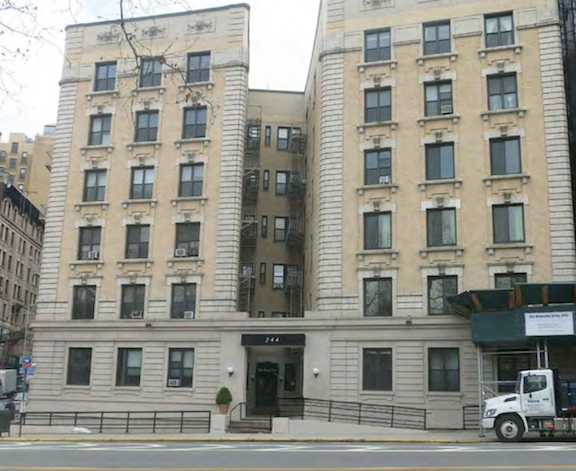
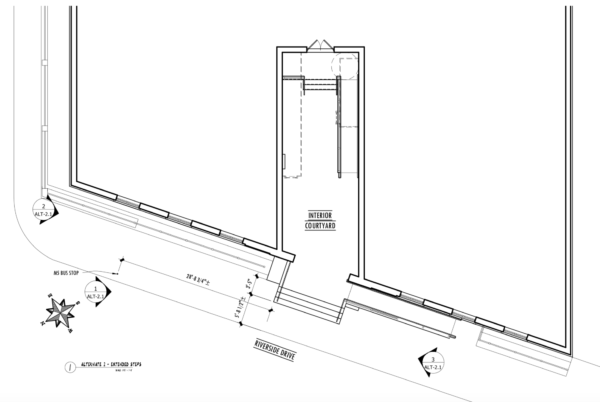
Item 15
2 West 67th Street – Upper West Side/Central Park West Historic District
CERTIFICATE OF APPROPRIATENESS, Docket #1941013
A neo-Renaissance style studio building designed by Rich & Mathesius and built in 1919. Application is to replace windows.
Architect: Bright Window Specialists
It is clear after examining the historic tax photos provided in this presentation that the installation of the existing picture windows were a later alteration to this building that arguably should have never been done. As such, HDC would suggest the picture windows be sacrificed. We also question whether or not the proposed replacement windows meet the standards of the current energy code with regards to the thermally broken mullions.
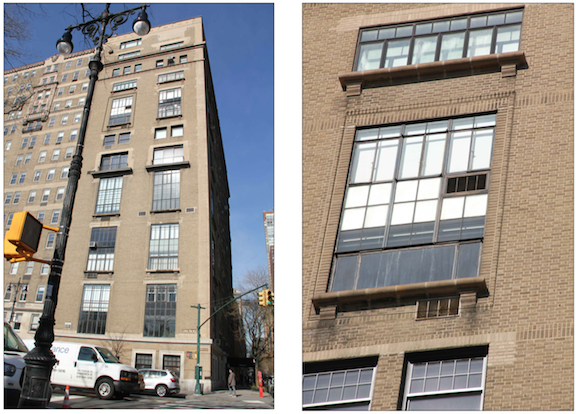
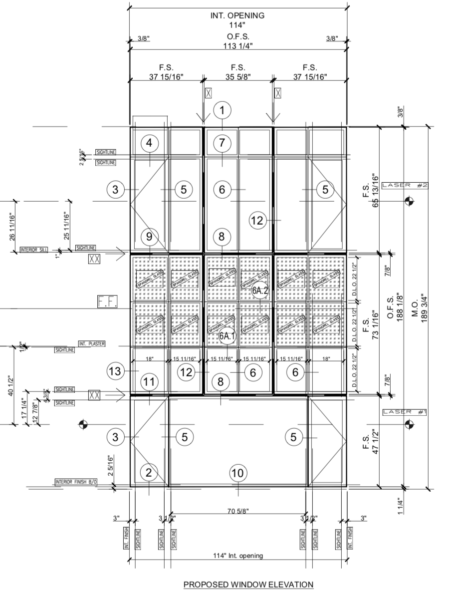
Item 16
1295 Madison Avenue – Expanded Carnegie Hill Historic District
CERTIFICATE OF APPROPRIATENESS, Docket #2006688
A neo-Renaissance style hotel building designed by Louis Korn and built in 1899-1900. Application is to alter facades, fill in light courts and construct a rooftop addition.
Architect: Higgins Quasebarth & Partners
While the restoration of the historic cornice is a highly laudable decision that does assist in reducing the visibility of the proposed rooftop addition, HDC suggests setting the addition back even further to aid in limiting visibility. In the same vein, we would suggest that the rooftop water tower be maintained as it would visually break up the rooftop bulk and, in turn, make the proposed addition less jarring from the distant vantage points where it is highly visible. Additionally, concealing the air conditioning mechanicals at the roof would be a welcome improvement to this proposal.
